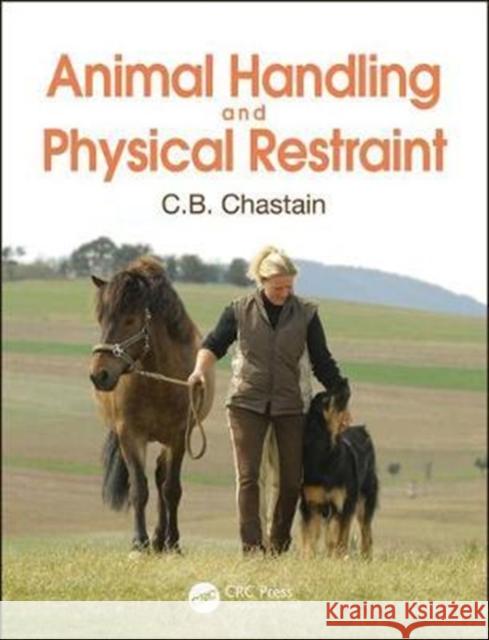Animal Handling and Physical Restraint » książka
topmenu
Animal Handling and Physical Restraint
ISBN-13: 9781498761932 / Angielski / Twarda / 2018 / 382 str.
Animal Handling and Physical Restraint
ISBN-13: 9781498761932 / Angielski / Twarda / 2018 / 382 str.
cena 876,20
(netto: 834,48 VAT: 5%)
Najniższa cena z 30 dni: 869,02
(netto: 834,48 VAT: 5%)
Najniższa cena z 30 dni: 869,02
Termin realizacji zamówienia:
ok. 22 dni roboczych
Bez gwarancji dostawy przed świętami
ok. 22 dni roboczych
Bez gwarancji dostawy przed świętami
Darmowa dostawa!
This book prepares veterinarians, veterinary technologists, technicians/nurses, and assistants to be able to handle animals more safely, gain the confidence of animals and their owners, and instruct owners in proper animal handling methods.











